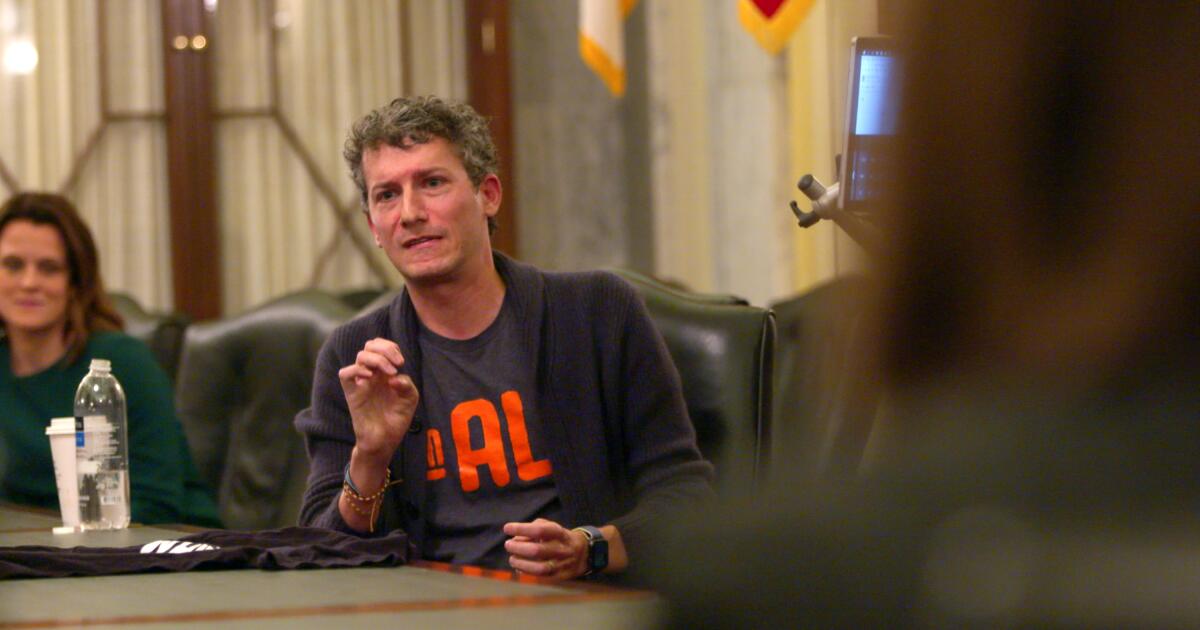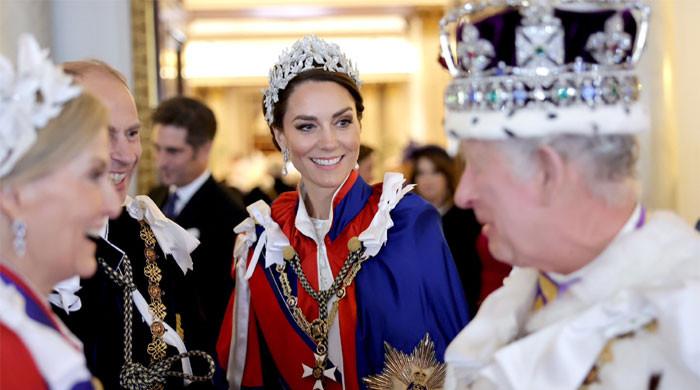“Barbie” may have dominated the box office last year, but 2023 marked a regression for women in film.
According to a new report released Monday by the USC Annenberg Inclusion Initiative and its founder, Stacy L. Smith, the number of top-grossing films starring girls and women in 2023 is down significantly compared to 2022. It also found that the overall ratio of men to women in speaking roles in these popular films has remained relatively unchanged since 2007, despite years of increased awareness about diversity in Hollywood.
AII’s analysis of the top 100 grossing films from 2007 to 2023 has found that Hollywood’s retrenchment is impacting its inclusion efforts. The study examined 1,700 feature films (both live-action and animated) to assess the gender, race/ethnicity, LGBTQ+ identity, and disability status of those appearing on screen. The gender and race/ethnicity of directors, screenwriters, producers, composers, and casting directors were also examined.
Key findings from the 17th edition of the AII report include that the number of films with girls or women as leads or co-leads has declined from 44% in 2022 to 30% in 2023. However, it has grown compared to 2007, when only 20% of top-grossing films starred women.
“No matter how you look at the data, 2023 was not the ‘Year of the Woman,’” Smith said in a statement. “We continue to report the same trends for girls and women on screen, year after year. It’s clear there is a pushback against women as audiences for more than one or two films a year, a refusal to find ways to create meaningful change, or both.
“If the industry is to survive its current moment, it must examine its failure to employ half of the population that appears on screen,” he added.
Gwen Stacy (Hailee Steinfeld) and Miles Morales (Shameik Moore) in the film “Spider-Man: Across the Spider-Verse,” which featured characters from underrepresented backgrounds.
(Sony Pictures Animation)
The study also found that only 11% of the top 100 films of 2023 were gender-balanced, meaning they featured roughly the same percentage of male and female characters. And only 5 of the top 100 films of 2023 had more women than men.
Of the 5,084 speaking characters examined, only 31.7% were women and less than 1% were non-binary. The remainder (68.2%) of speaking characters in these films were men. This marks a slight drop compared to 2022, when 34.6% of speaking characters were women. The study found that there has been no significant change in this percentage since 2007, when 29.9% of speaking characters in the top 100 grossing films were women. Meanwhile, only 1.2% of speaking characters in 2023 were members of the LGBTQ+ community, indicating no significant change since 2014, and none were transgender characters.
The numbers around the race or ethnicity of those portrayed on screen tell a similar story. While there was an increase in the number of films featuring protagonists of underrepresented races or ethnicities from 31 in 2022 to 37 in 2023, the report notes that overall progress has been marginal in recent years. Specific progress includes an increase in the percentage of Asian-speaking characters in 2023 (18%) compared to 2007 (3%). This can be partly attributed to the decrease in the percentage of white characters in 2023 (56%) compared to 2007 (78%), as the report notes that there were no other significant changes for any other racial or ethnic group between 2007 and 2023.
Additionally, only 14% of the top films of 2023 featured a female character of an underrepresented race/ethnicity, down slightly from 18% in 2022.
The study also cited a complete lack of representation of girls and women from entire racial or ethnic groups. As of 2023, 99 of the top 100 grossing films did not include American Indian or Alaska Native and Native Hawaiian or Pacific Islander girls and women, 81 did not include Middle Eastern or North African women, 62 did not include Hispanic or Latina women, 49 films did not portray Asian women, and 39 did not include Black or African American women.
“The epidemic of invisibility has gone unchecked for years,” Smith said. “The result is that girls and women from underrepresented racial and ethnic groups continue to see their stories and reflections erased from popular content every year.”
Among the positive trends highlighted in the report was the significant growth in the number of characters from underrepresented backgrounds in animation. The study found that 67.9% of all animated speaking characters in 2023 were from underrepresented races or ethnicities, up from 59.2% in 2022 (and just 8.1% in 2007).
Last year's edition of the study revealed that, despite years of advocating for children's rights, Hollywood has not made substantial progress on inclusion in its most popular films.
This year’s report also criticized industry decision-makers for seemingly ignoring the various solutions the study’s authors have proposed over the years to help increase inclusion.
“The recipe for creating inclusion doesn’t change from year to year,” Smith said in a statement. “We’ve been advocating for the report’s solutions for several years, but unless executives and other decision-makers listen and make different choices, we won’t see different outcomes. State legislatures across the U.S. have taken aim at DEI, and the entertainment industry seems either too apathetic or too afraid to use the tools in its arsenal to reflect to its consumers the world that exists rather than a skewed representation of the population.”
The full report is available on the USC Annenberg Inclusion Initiative website.












